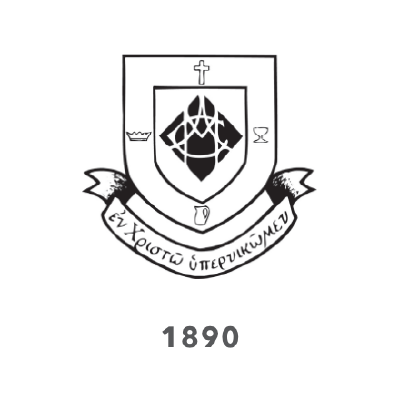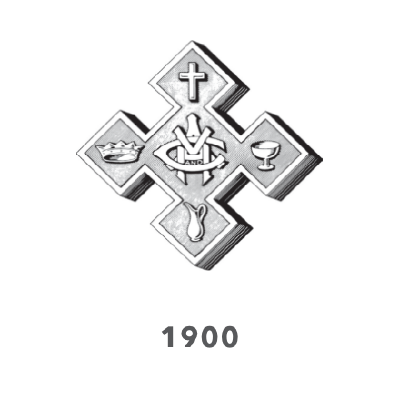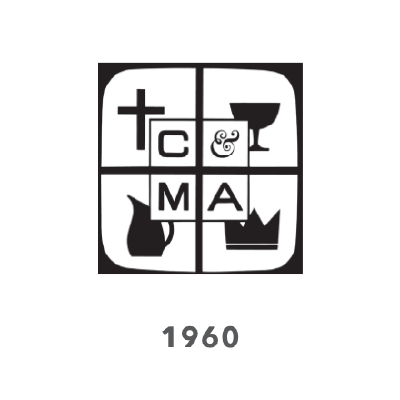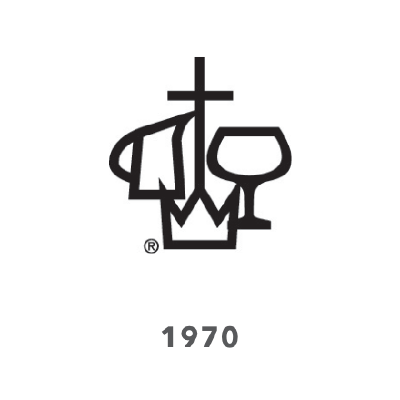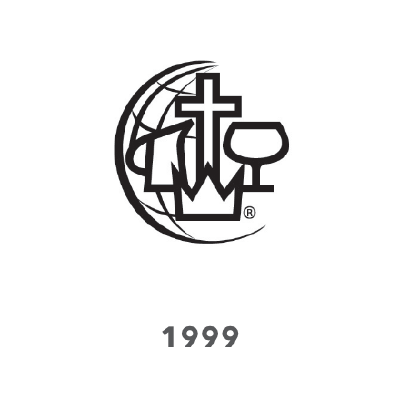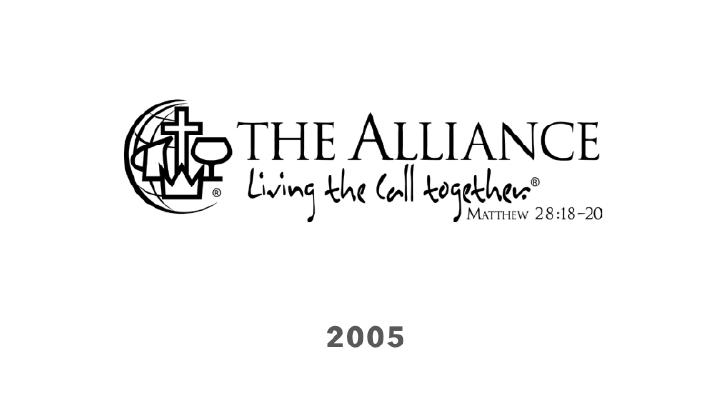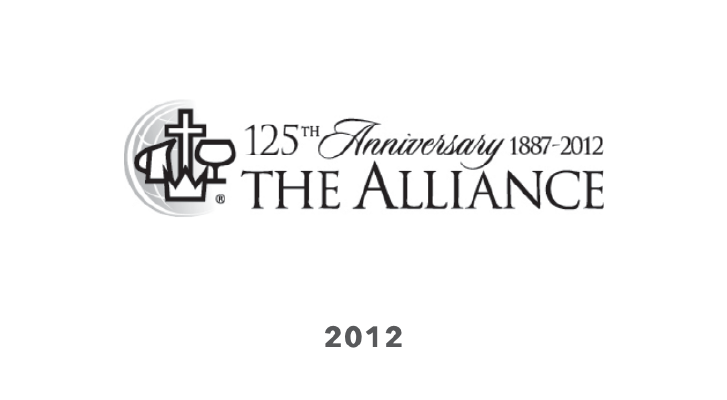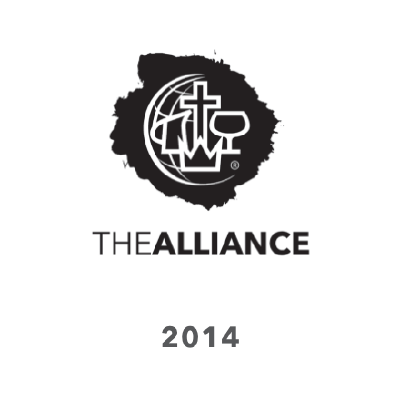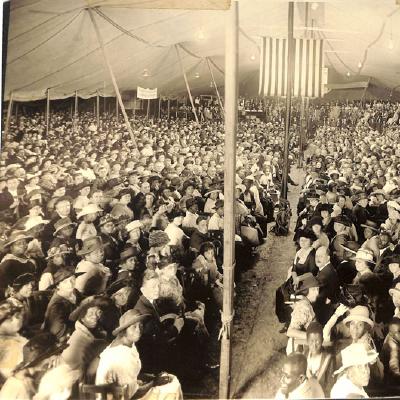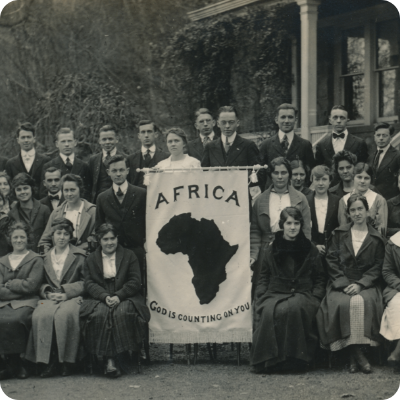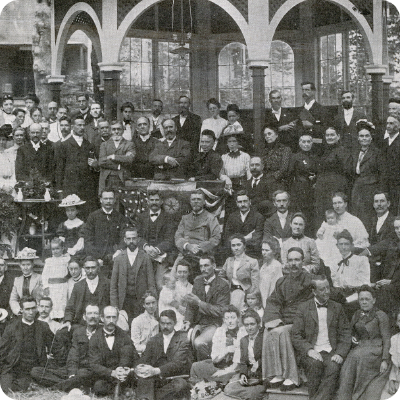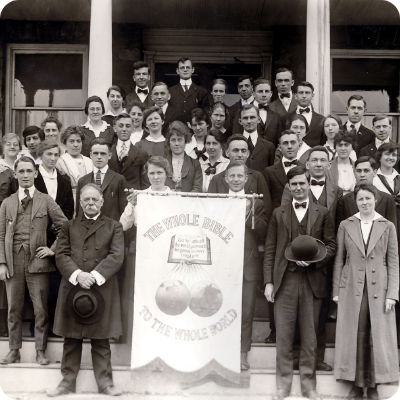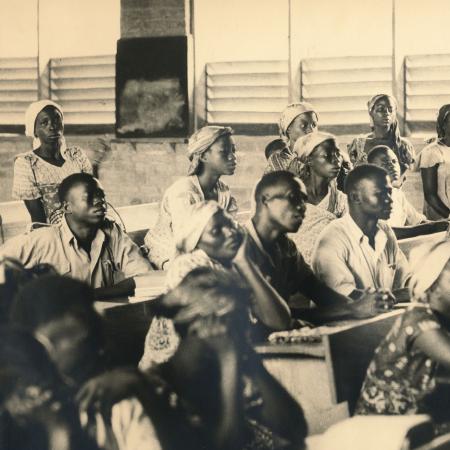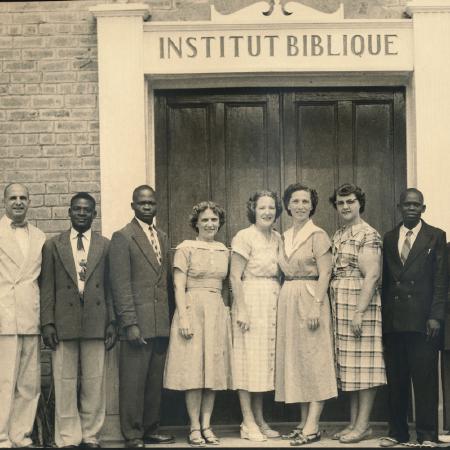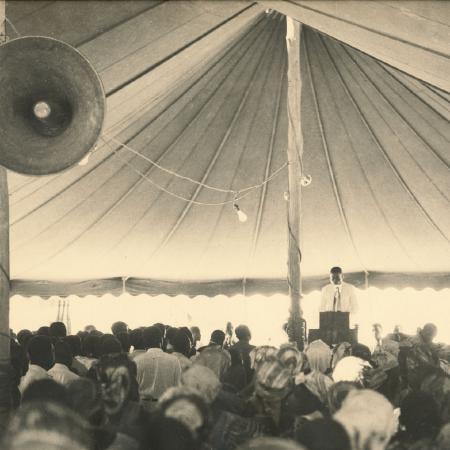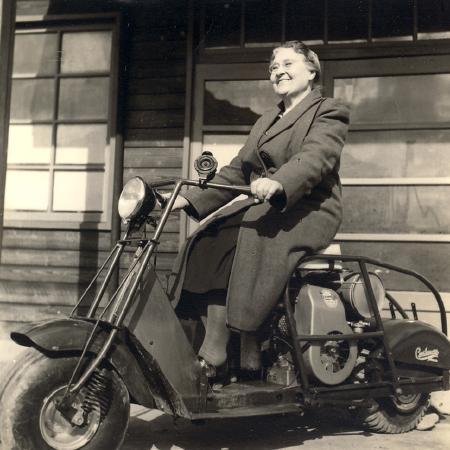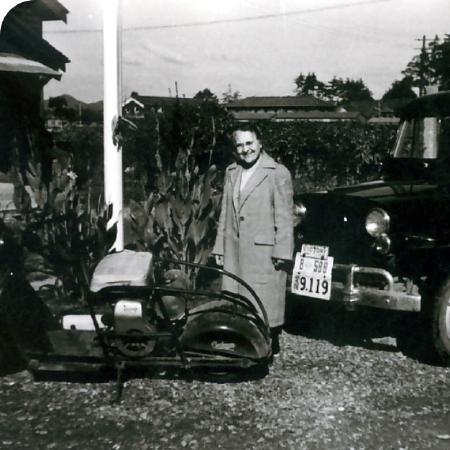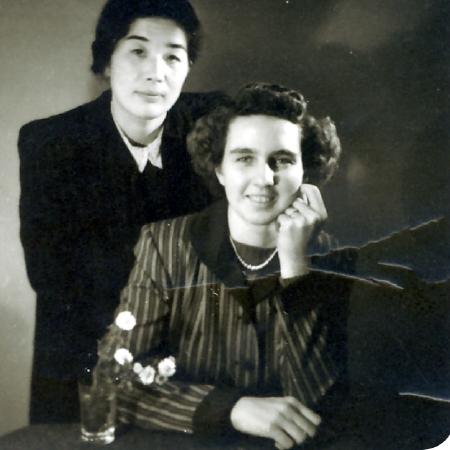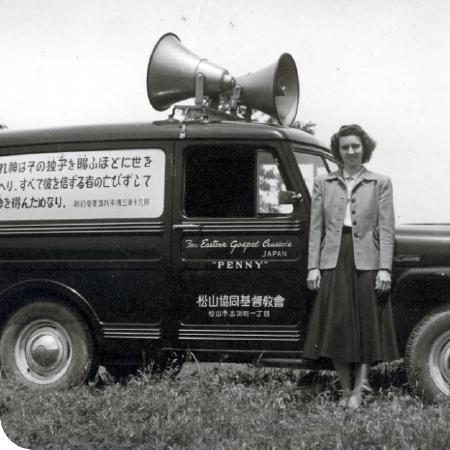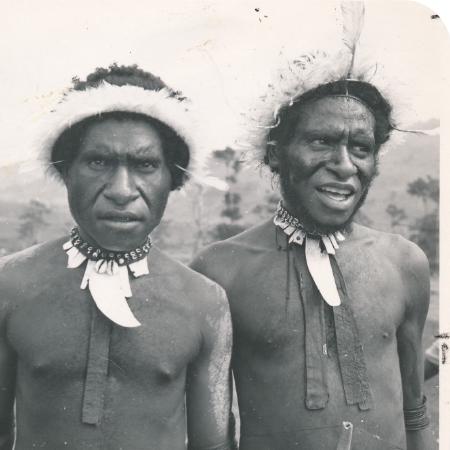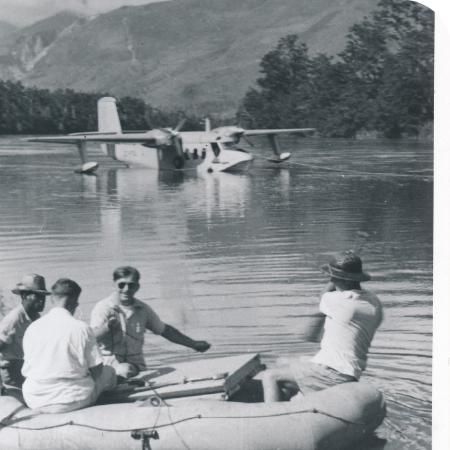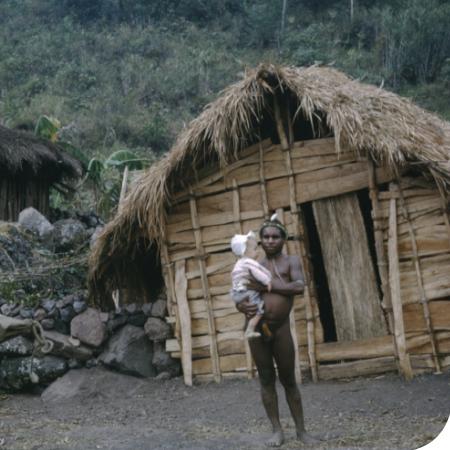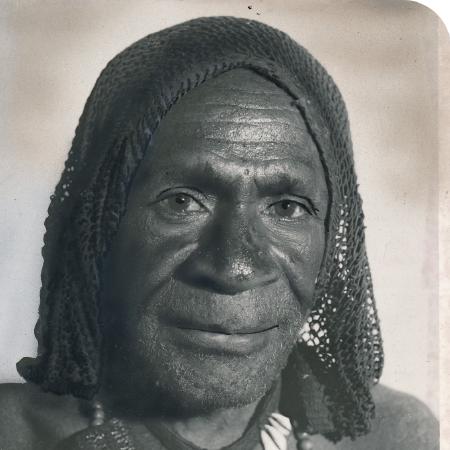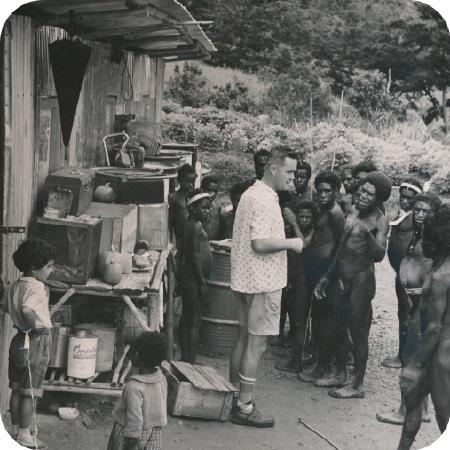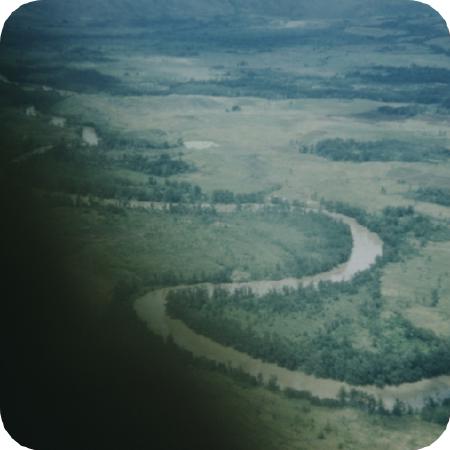our heritage
The testimonies, timelines, and stories of The Alliance really showcase who we are. Our heritage is deeply important to the present and the future—the C&MA is constantly growing, and we recognize that understanding our growth begins with looking at our history.
Humble Beginnings
On a late November afternoon in 1881, several adults huddled around a small heating stove in a “cold and cheerless” New York City dance hall. Rev. Albert Benjamin Simpson—resigned from his prestigious pastorate just two weeks before—had called the meeting, inviting all believers who supported “an aggressive spiritual movement” to reach the city’s neglected nonbelievers. Seven people showed up. So, you might ask, “What moved the 37-year-old husband and father of five to leave his church in the heart of Manhattan with its hefty annual salary—equal to over $110,000 today—and shepherd this self-described ‘poor, few, and weak’ band of believers?” Great question. Simpson felt an increasing concern for the “unchurched masses, the thousands who felt themselves alienated from the formal church but not from the Lord.” Along with pastoring his wealthy Presbyterian congregation, Simpson had spent many hours on New York City’s docks evangelizing to European immigrants. Many ended up putting their faith in Christ, but there was a major problem—Simpson’s respectable congregants didn’t want the unrefined new believers attending their church. That then became a major problem for Simpson.
“People On the Move”
Nearly 12 million immigrants arrived in the United States between 1870–1900—more than 70 percent entered into the U.S. through New York City. Ministering to those who felt ostracized and without a home influenced Simpson’s desire to evangelize and break the social customs walls that were built around his previous church. “My plan and idea of a church,” Simpson said, “are those which are exemplified in the great London churches…comprising thousands of members of no particular class, but of the rich and poor side by side.”
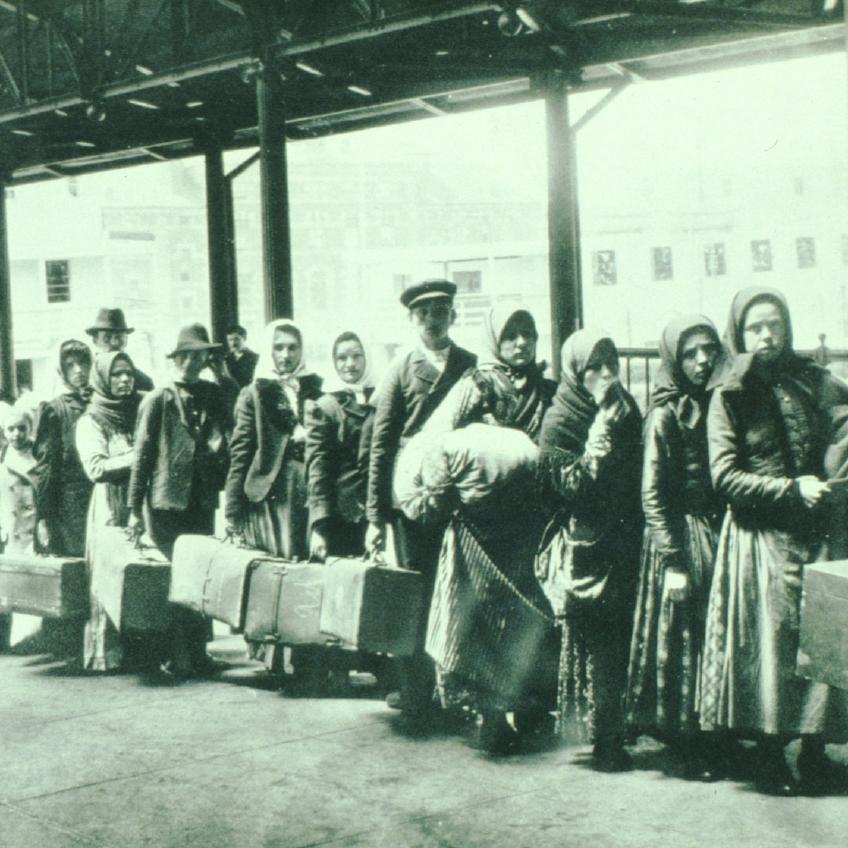
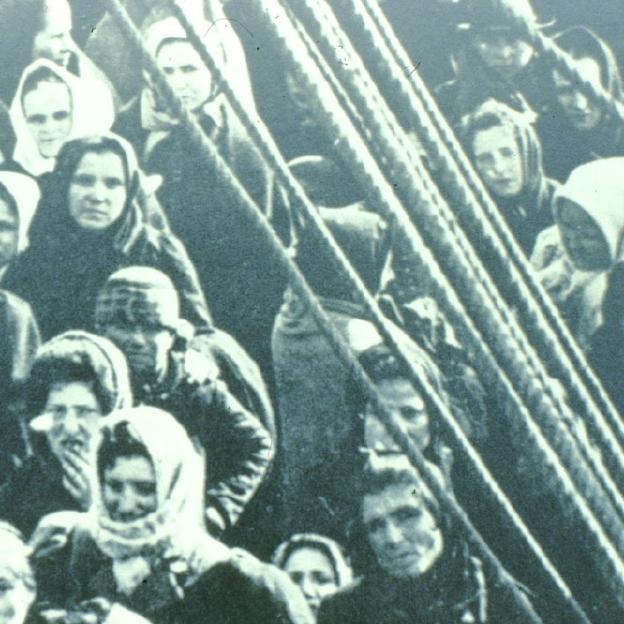
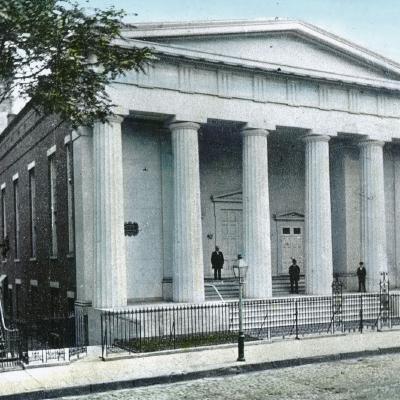
Where will all of this lead?
Convinced that Jesus’ great sacrifice and redemptive message was for all races and classes of people, Simpson believed God was calling him to leave his congregation, leave his high-end salary, and leave the life he was comfortable with. Stepping out in faith to take on “radical, aggressive measures,” he felt the Holy Spirit leading him to begin a world missions movement.
Simpson’s wife, Maggie, was not so confident in the decision to move their family to New York City, and she openly wondered, “Where will all of this lead?”
The early Years
kingdom expansion
Simpson desired to follow God and the Holy Spirit’s leading with all of his heart. He didn’t set out to create a denomination, but his radical obedience to the Lord brought forth the Spirit-oriented missions and Kingdom movement.
download full timeline
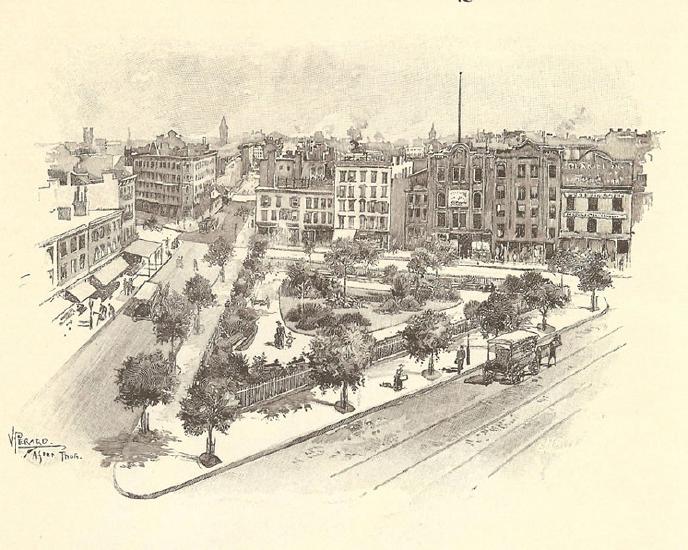
The small group that first met in the dance hall began to schedule services—one every evening and three on Sundays. The neglected and unreached people began to feel like they were included and seen.
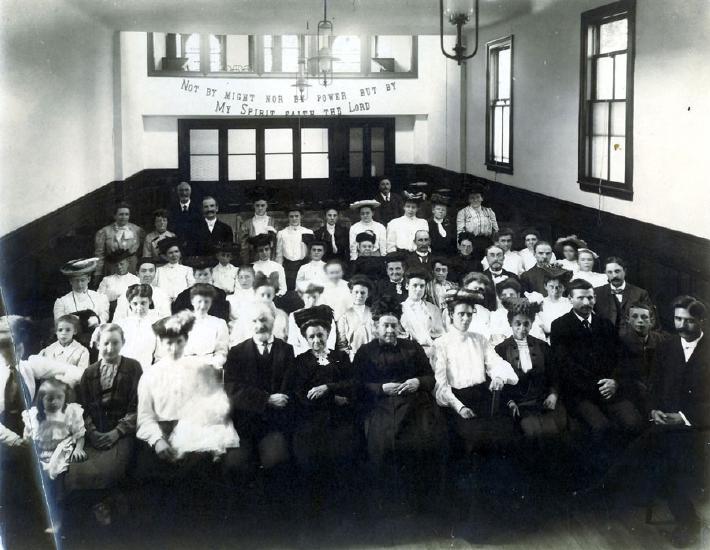
Moving his services to different halls and theaters, and with a growing number of converts, Simpson felt the Spirit leading him to establish a church home for these new believers. With a mission to “evangelize unreached peoples both locally and afar,” Simpson organized a church in his home, beginning with 35 people.
In the summer, the unnamed church began to meet in the Grand Opera Hall and also offer tent meetings as a means of evangelistic outreach. Simpson moved all of his services from the hall to a 500-seat capacity big-top tent.
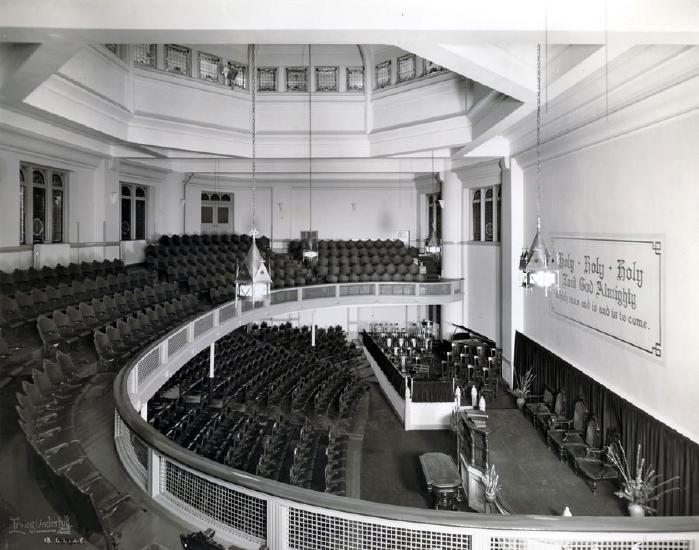
Church membership rose to 217 people, and the Sunday evening services brought in around 700. By the middle of the year, the congregation voted to legally be called the Gospel Tabernacle—a home for hundreds of people of all ethnicities and social classes who had come to Christ through Simpson’s passionate pursuit of evangelism. The Gospel Tabernacle became known for their Friday meetings that grew into “New York’s largest attended religious meeting on a weekday.”*
In March, the congregation formed its own missionary society—The Missionary Union for the Evangelization of the World.
In May, the Gospel Tabernacle developed an adjunct healing ministry in the form of healing homes—a retreat center people could visit to pray, read, and receive counseling: The Home for Faith and Physical Healing. This became Berachah (“blessing”) Home on May 4, 1884, and would, over the years, shelter over 700 guests and even more that came for counseling purposes.
In October, the Missionary Training College formally opened and in the first year has a population of 40–50 students that had to demonstrate “that they had given up all for Christ, and His work meant all to them.”
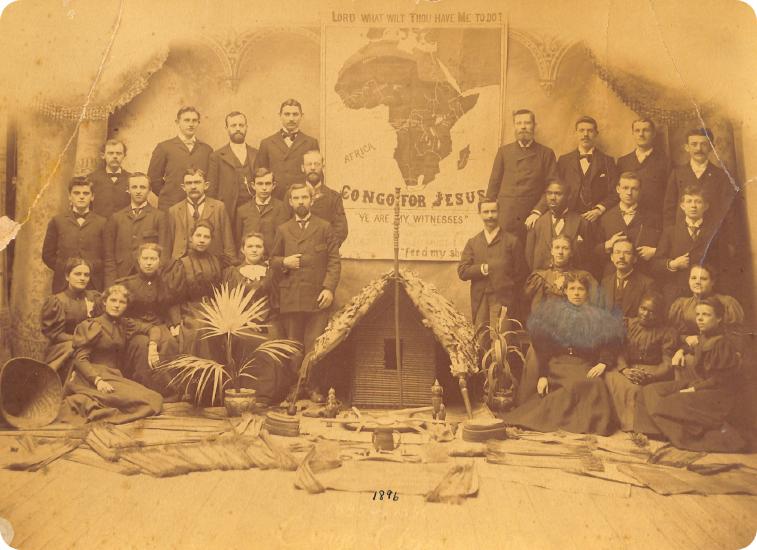
The first graduating class from the Missionary Training College consisted of 27 students, five of whom formed the church’s first missionary team to the Congo.
In April, the Gospel Tabernacle outgrew the Grand Opera Hall and moved to a freshly remodeled building that they named the Twenty-third Street Tabernacle.
Conventions began and extended the ministry of the Gospel Tabernacle, becoming the “seed ground for a worldwide movement.”
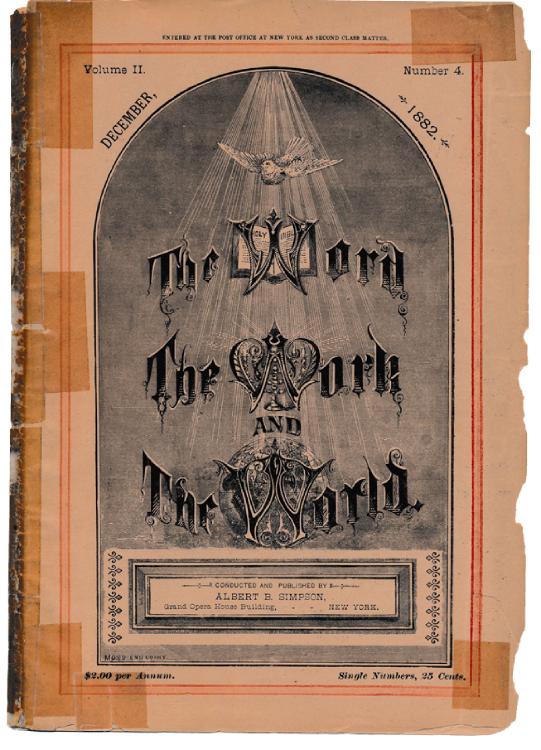
In his magazine, The Word, The Work, and The World, Simpson published 10 sections of the proposed missionary effort’s constitution—two societies tentatively called the Evangelical Missionary Alliance and The Christian Alliance. Gospel preaching was the primary task.
from then to now
Then
From seven people to ministering to thousands of immigrants, Simpson focused on the marginalized in New York City.
now
The Alliance ministers not only to those in New York City, but in 2,000 U.S. churches and 38 languages.
Then
In 1882, Simpson founded the Missionary Training Institute (MTI)—the first North American Bible college—to prepare young people for missionary service.
now
MTI is now called Alliance University. More than 15,000 future gospel workers are being trained and equipped in 180 C&MA theological schools worldwide.
Then
Early Alliance people were known for singing their theology. Simpson himself wrote 172 hymns and penned 101 books as well as countless periodicals, booklets, articles, and curriculum during his lifetime. The Fourfold Gospel theme was woven throughout his lyrics.
now
Alliance Worship was launched to exalt/celebrate Jesus through the creative arts. They currently have one complete album, "Alliance Worship: Volume 1," and are releasing another soon.
Then
In 1882, Simpson launched an illustrated magazine that promoted the deeper Christian life and missions—The Word, The Work, and The World.
now
The award-winning *Alliance Life* magazine is currently the longest running denominational magazine in the United States—140 years running.
Then
Gospel Tabernacle church members independently began wholistic, ground-breaking outreaches for the city’s neglected: orphanages, soup kitchens, healing homes, hospice for unwed mothers, rescue missions, safe spaces for prostitutes and alcoholics, and language classes for immigrants.
now
The Alliance continues to proclaim a wholistic gospel in word and deed on local/regional/national levels through ministries like CAMA Services, Envision, aXcess, and marketplace ministries.
Then
Simpson founded the Prayer League in 1890, believing “the world is to be evangelized by the Church on her knees. Beloved, let us pray…God is calling us in these last days to be the instruments and channels through whom He can speak to the nations.”
now
Intercession continues to be a vital work of Alliance people, supported by resources that include the weekly Alliance Prayer Requests and our monthly Call to Prayer bulletin.
the fourfold gospel
Through his deep encounters with Jesus, including a miraculous physical healing, Simpson developed our core Alliance theology: The Fourfold Gospel—a summary of the depths of grace and love Jesus offers as our Savior, Sanctifier, Healer, and Coming King.
Simpson was passionate for believers to experience the “deeper life” in Christ through pursuing greater intimacy with Jesus and receiving empowerment to fulfill His Great Commission.
For nearly 150 years, Alliance workers have braved harsh and dangerous territory, at great personal risk—even unto death—to take the good news of Jesus to a broken world. Because of the selfless dedication of these workers, entire people groups now know Jesus.
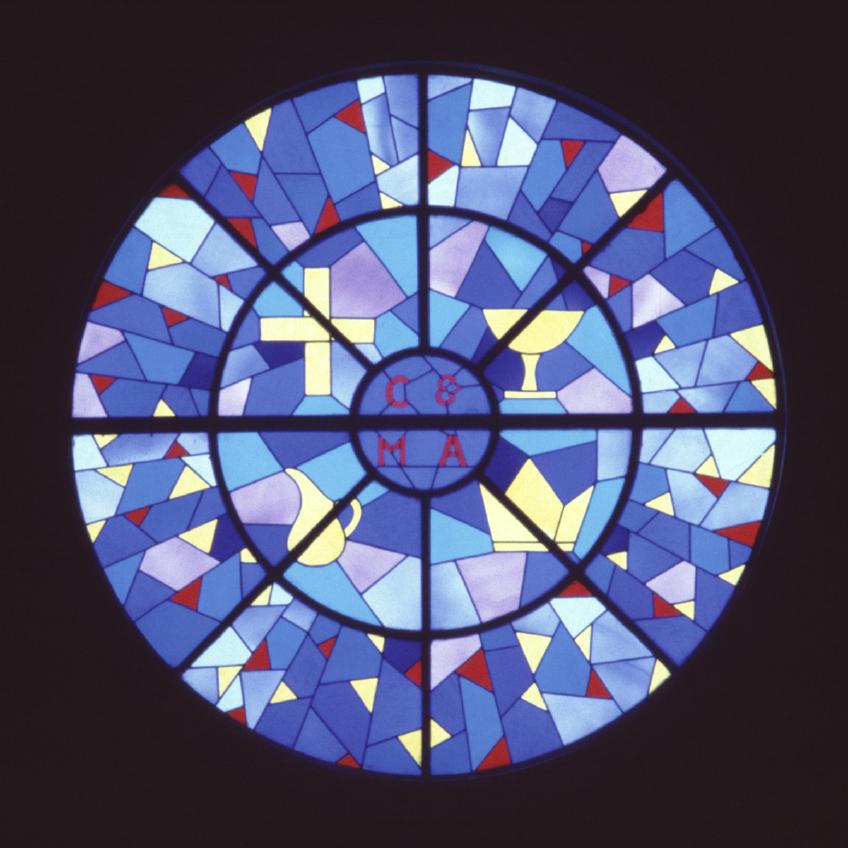







Missional Testimonies
In 1884, Simpson commissioned the first missionary team from MTI to take the gospel to the Congo. Within two weeks, their 21-year-old leader, John Condit, was dead from fever, three had returned home, and just one remained on the field.
Today, Alliance churches in the Democratic Republic of Congo minister to more than one million believers. And throughout Sub-Saharan Africa, there are now more than 2.3 million people worshiping Jesus in Alliance churches!
watch: the alliance in africa today
In 1909, when she was 29 years old, Mabel Francis began her missionary career in Japan. Her journey was not easy—quite the opposite. From being a single woman fighting to be sent as an official C&MA worker to being thought of and treated as a foreign spy—hated even—to facing imprisonment and possible death for staying in Japan during World War II, Mabel stayed true to what she believed God was leading her into.
She simply wanted to “fulfill our Lord’s last command” and “respond to the needs of a lost world.” Mabel ministered to the people of Japan through war, hardship, and displacement. She was later awarded honorary citizenship in Matsuyama, and the Alliance’s work in Japan—schools, churches, Bible schools—was largely impacted by her presence.
watch: Mabel's story
Unreached people are often unreached because the places they live are hard to go to. Baliem Valley was one of those places—it was so isolated from the rest of the world. Located in the remote central islands of Papua—or Western New Guinea—the people—the Dani—had never heard the name of Jesus, and their practices and lifestyles were far from Christ, and even by 1938, they had never had contact with the outside world.
After WWII ended, The Alliance decided it was time to do anything they could to take the gospel to these people. In 1954, after years of planning and preparation, they finally entered the Baliem Valley by plane. Because of Alliance missionaries’ bravery and heart for the gospel to be shared, the Baliem Valley now has over 80 Alliance churches.
watch: hidden from the world
Today, The Alliance is composed of more than 6.3 million believers worldwide, worshiping in 180 languages in 25,000 churches.
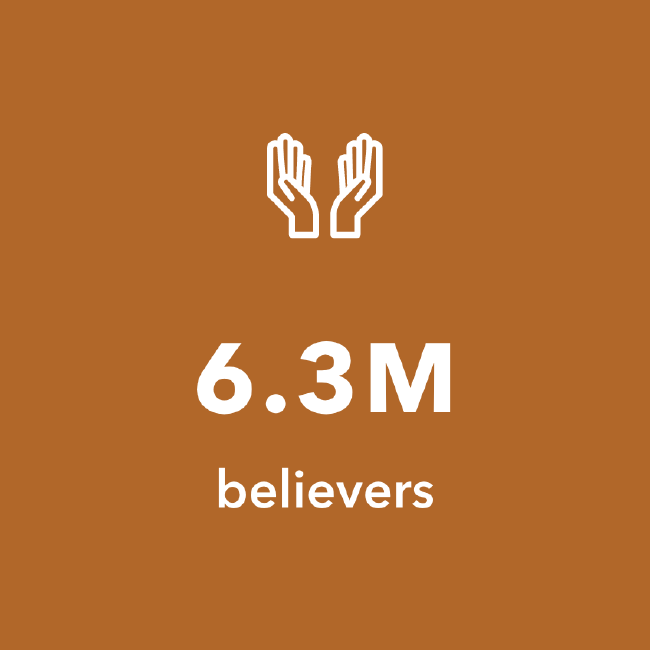

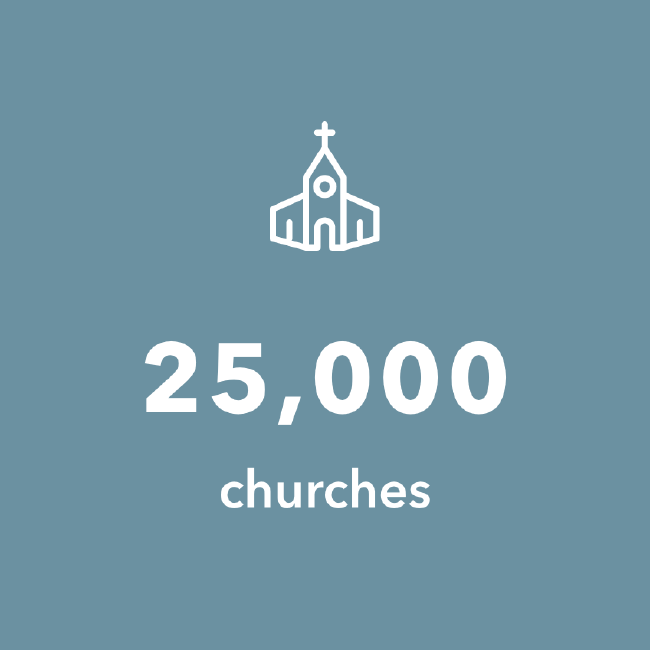
Alliance Presidents
Albert B. Simpson
1887-1917
Paul Rader
1917-1924
Frederic F. Senft
1924-1925
Harry M. Shuman
1925-1954
Harry L. Turner
1954-1960
Nathan Bailey
1960-1978
Louis L. King
1978-1987
David Rambo
1987-1996
Paul Bubna
1996-1998
Peter Nanfelt
1998-2005
Gary Benedict
2005-2013
John Stumbo
2013-Current
Dig Deeper
Featured resources, facts, quotes, videos, stories, and more.
Module 7: Alliance 101 Guide and Reflection Questions
This resource is designed for you—either as an individual or a group—to dig deeper, to lean into what God is saying, and to challenge you in your walk with Christ.
download